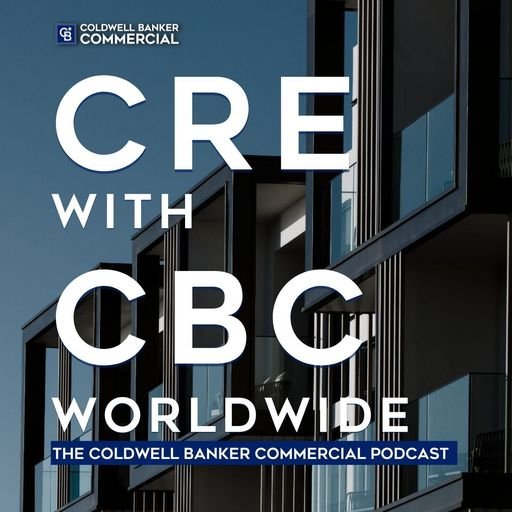There's an Industrial Real Estate Building for That

If you pay any attention to commercial real estate news, you can’t help but notice that industrial is the darling of the Commercial Real Estate (CRE) sector right now. With the exponential increase in e-commerce demand over the past year due to the COVID-19 pandemic, this sector is having an amazing year. And the disruptions in supply chains have really underscored the need for additional industrial real estate across the U.S. As stated by Anthony M. Graziano, MAI, CRE, CEO of Integra Realty Resources, “One of the key lessons of the coronavirus crisis has been the need to re-think supply chain management with businesses supplementing traditional, ‘just-in-time’ strategies, meant to minimize costs, with ‘just-in-case’ measures.”
Per SIOR’s Snapshot Sentiment Report for first quarter 2021, there’s a steady increase in on-schedule transactions from 74% in Q4 2020 to 82% in Q1 2021. On-hold and canceled transactions continue to decline with only 6% canceled and 12% on hold. Gregg Glime, SIOR, CCIM, Coldwell Banker Commercial Jim Stewart, REALTORS, based out of Waco, Texas, says, “Our industrial market is red hot. With many new entries into Texas, vacancy rates remain low.”
All signs point to now being the time to invest in industrial properties, so you don’t miss out on the opportunities for growth due to the current demand. However, before you jump right in, consider the waters. When you travel down a river, one item you want to make sure you have with you is either an experienced guide or a GPS device to help you navigate, avoid rapids or getting lost down a tributary. In the same way, you want to make sure you have a guide to help you navigate the waters of investing in industrial real estate.
Industrial real estate has three different asset types: manufacturing, storage and distribution, and flex space, each of which breaks off into smaller branches.
Manufacturing sites are where goods are produced and assembled, but these properties can vary widely based on their purpose. The two most common asset types are heavy manufacturing and light assembly. Heavy manufacturing covers plants that make heavy-duty goods and materials. They can be tens or even hundreds of thousands of square feet in size, with powerful pieces of equipment and plenty of space for trucks to load product. On the other hand, light assembly spaces are usually a lot smaller and simpler. These are usually where products are assembled from smaller parts, stored and then shipped to consumers. Various factors such as slab thickness, electrical specifications/heavy power, etc. can impact transactions.
Once a product is made, we need storage and distribution facilities which branch off into three main asset types. First is a distribution warehouse (which is primarily used to ship goods), so location matters. Next, you have general-purpose warehouses which are focused more on storage than distribution. For most general-purpose warehouses, location isn’t a priority, however, ceiling heights and column spacing can be factors affecting transactions. Lastly, you have truck terminals, where goods are loaded from one truck to another with little to no storage space.
The last main branch in industrial real estate is Flex Space. These properties live up to their name by allowing tenants flexibility in usage. Similar to storage and distribution, flex space has three primary asset types. The first is Research and Development (R&D). These properties can vary significantly depending on the use and tenant with plug-and-play being a sought-after feature. Next, you have data centers where companies store the equipment that holds their data, keeps their internet up and running, and makes cloud storage possible. Flex space average about 100,000 square feet but can become much bigger. Lastly, you have showrooms where more than half of the space is devoted to showcasing and selling products.
What is the main takeaway? Is one category a better investment than another? Everything boils down to a detailed consideration of your use and needs to understand which product type is right for you. Just remember to rely on a trusted guide to help you successfully navigate your transaction.
Sources:
VTS Blog — What is Industrial Real Estate: 8 Types of Properties
Forbes.com – The Advent of a Real Estate Industrial Revolution and What It Means for Investors
IRR.com – Just Released: Viewpoint 2021
A Trusted Guide in Commercial Real Estate
Coldwell Banker Commercial® provides Commercial Real Estate Services from Property Sales and Leases, to Property Management. Learn how our expansive network of Independently Owned and Operated Affiliates and Real Estate Professionals use their in-depth knowledge of the local market and industry trends to help businesses and investors navigate the complexities of the commercial real estate landscape.






